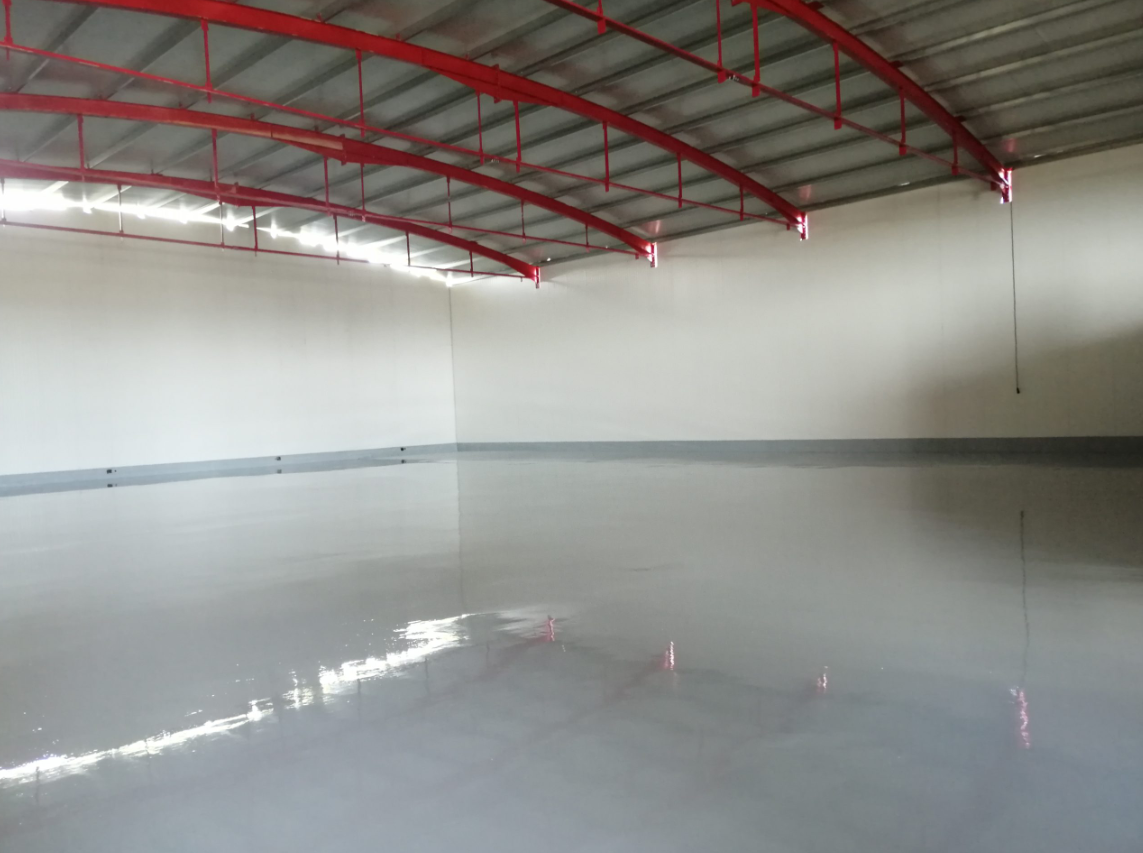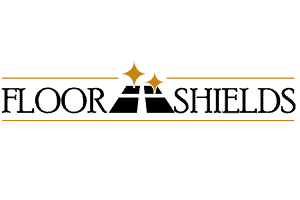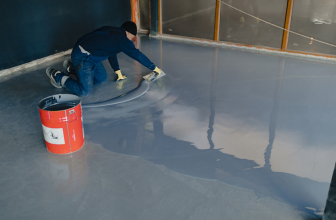
How Thick Is Epoxy Flooring! Epoxy flooring is a popular choice in homes, businesses, and other commercial spaces because of its durability and attractive finish. Moreover, it is relatively simple to install and maintain. But how thick is epoxy flooring? In this article, we will explore the various thickness options for epoxy flooring, their benefits and drawbacks, and which option might be best for your space. We will also discuss the importance of proper installation when it comes to longevity and performance.
The Thickness of Epoxy Flooring
Epoxy flooring is a popular choice for residential and commercial spaces alike due to its durability, ease of installation, and attractive aesthetic. But one of the most important factors in choosing an epoxy flooring product is understanding the thickness of the coating. The thicker the coating, the more durable it will be and the longer it will last.
The standard thickness for epoxy flooring is 1/16 inch (1.6 millimeters). This provides a moderate level of protection from wear and tear while still allowing any underlying surface to show through if desired. For areas that see higher levels of foot traffic or are exposed to harsh chemicals such as garages or industrial buildings, a thicker coating may be recommended. The optimal range for these areas ranges from 3/32 inch (2.4 millimeters) up to 1/8 inch (3 millimeters).
Benefits: Durable, Low Maintenance
Epoxy flooring is the perfect choice when it comes to durability and low maintenance. Not only is it one of the most durable types of flooring, but its also incredibly easy to maintain. It’s highly resistant to dirt, dust, grease and oil, making it ideal for any environment that experiences a lot of foot traffic or messy spills. The material won’t fade or become discolored over time like other types of flooring might, so you don’t have to worry about constantly replacing your epoxy floor. And with proper care and cleaning, an epoxy floor can last up to 30 years without needing an upgrade.
Another great benefit of epoxy floors is that they are very low maintenance compared to other types of hard surface flooring such as tile or hardwood.
Materials: Resins and Hardeners
Epoxy flooring systems consist of two components: the resin and the hardener. The resin is a liquid, usually made from polymers or other synthetic materials, that forms the foundation for epoxy floors. It is applied as a primer and then cured with heat to create an even surface. The hardener is a product that catalyzes or accelerates the curing process of epoxy resins, creating a strong bond between the resin and substrate material beneath it. Most hardeners are either solvent-based or water-based compounds containing amines, alcohols, acids, or other organic compounds. Together these two components form an incredibly strong and resilient bond which gives epoxy floors their great durability and thickness.
Application Process: Step-by-Step Guide
Applying epoxy flooring to your home or office can be a daunting task, but it’s one that is well worth the effort. This guide provides step-by-step instructions on how to properly apply epoxy flooring in order to ensure a smooth, polished finish.
The first step is to prepare the area by removing any existing flooring, such as carpet or tile. Vacuum and mop the surface thoroughly before applying any primer or sealant. Once the surface is dry and clean, mix the epoxy resin according to the package directions and spread an even coat onto the surface with a roller. Allow it to dry for at least 24 hours before proceeding with additional coats of resin if desired.
Once all layers of epoxy have been applied, you’ll need to allow sufficient time for curing and hardening (typically 24-48 hours).
Factors: Preparation, Coating Thickness
Among the flooring options available, epoxy is one of the most durable and long-lasting. While its strength and longevity are certainly benefits, the success of any epoxy coating largely depends on factors such as preparation and coating thickness.
The surface beneath the epoxy must be completely clean, dry, and free of grease before applying an epoxy coating. This ensures that the new coat adheres properly to the existing surface for maximum durability. In addition to thorough cleaning, a quality primer should also be applied in order to provide a strong bond between the old and new surfaces. Once all preparatory steps are complete, it’s important to keep in mind that thicker layers of epoxy offer better resistance against chips, scuffs, abrasions, chemical spills, stains, etc., than thinner layers do.
Variations: Self Leveling, Polyurethane
Epoxy flooring is a popular choice for many commercial and residential applications, but there are two variations that offer more flexibility for various types of projects: self-leveling and polyurethane. Self-leveling epoxy is designed to fill in irregularities or unevenness in the surface it’s applied to, while polyurethane is often used as a sealant on top of existing epoxy floors.
Self-leveling epoxy typically starts out in liquid form and then hardens into a durable surface when it dries. This type of epoxy can be installed over concrete surfaces that have minor issues such as cracks or divots. It also works well on wood surfaces, although some professionals recommend adding an additional coat of sealant to protect the wood from moisture damage.
Conclusion
In conclusion, epoxy flooring is a great option for those looking for a durable, low-maintenance surface that can be customized to fit any space. It’s important to understand the different types of epoxy and their thickness in order to make an informed decision when choosing the right product for your project. With the right preparation and installation, epoxy flooring can provide years of enjoyment and functionality.








